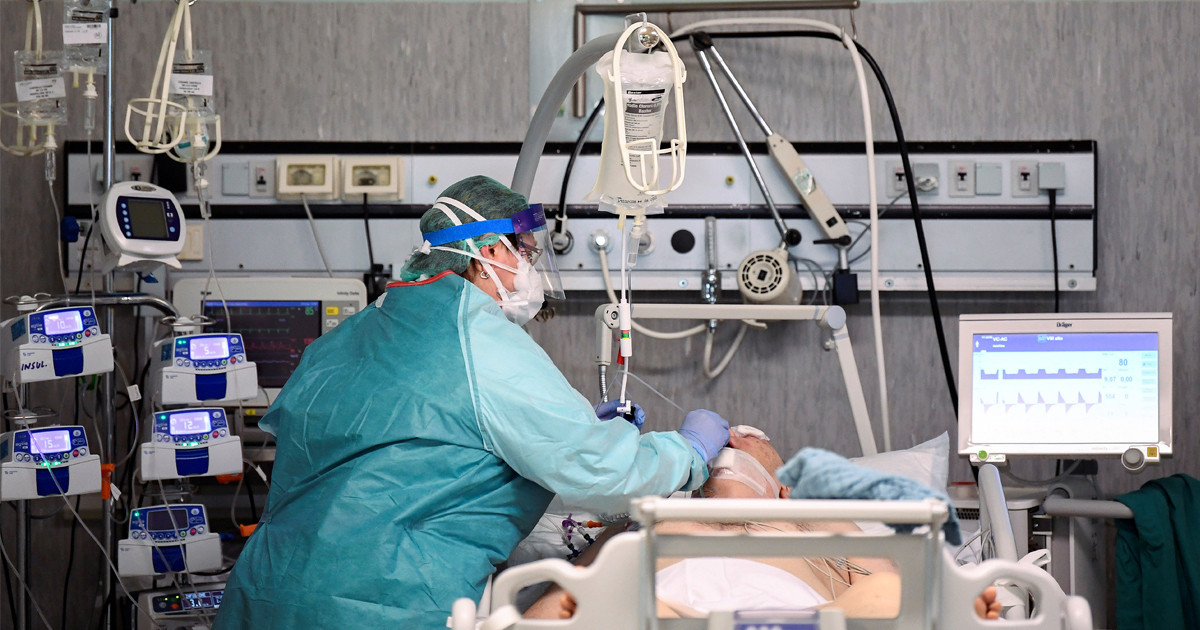Monk-Eye
Gold Member
- Feb 3, 2018
- 3,228
- 793
- 140
" Does Sitting Up While On A Ventilator Seem Correct ?"
* Atypical Behavior *
While actually not having been on a ventilator for Covid-19 disease , is it peculiar to anyone else that individuals on ventilators are set in an inclined upright position ?
When having had a cold or a flu , a basic tactic for me in trying to keep it out of my lungs or to clear my lungs is to put a pillow under my rib cage to keep my head pointed down and let gravity work .
Sleeping in such a manner and occasionally flipping over is less comfortable and makes for restless sleep , but at least one lung is somewhat clear when waking up to clear the other lung that has become filled .
It is not uncommon for me to get up and set my entire upper body pointing down and forcibly cough as much phlegm out as possible rather then waiting for nature to clean it up .
The sheer strain of coughing causes me abdominal cramps , thus it is puzzling how an elderly individual would be able to keep up trying to expel fluids against gravity .
If a patient is setting in an inclined upright position , although they may be " comfortable " , how is that helping when their lungs are being flooded ?
Perhaps there is a reason they they are not , but should beds of Cov-19 disease patients on ventilators be set on an incline with their upper body lower than the rest of their body ?
* Atypical Behavior *
While actually not having been on a ventilator for Covid-19 disease , is it peculiar to anyone else that individuals on ventilators are set in an inclined upright position ?
When having had a cold or a flu , a basic tactic for me in trying to keep it out of my lungs or to clear my lungs is to put a pillow under my rib cage to keep my head pointed down and let gravity work .
Sleeping in such a manner and occasionally flipping over is less comfortable and makes for restless sleep , but at least one lung is somewhat clear when waking up to clear the other lung that has become filled .
It is not uncommon for me to get up and set my entire upper body pointing down and forcibly cough as much phlegm out as possible rather then waiting for nature to clean it up .
The sheer strain of coughing causes me abdominal cramps , thus it is puzzling how an elderly individual would be able to keep up trying to expel fluids against gravity .
If a patient is setting in an inclined upright position , although they may be " comfortable " , how is that helping when their lungs are being flooded ?
Perhaps there is a reason they they are not , but should beds of Cov-19 disease patients on ventilators be set on an incline with their upper body lower than the rest of their body ?
Last edited:



